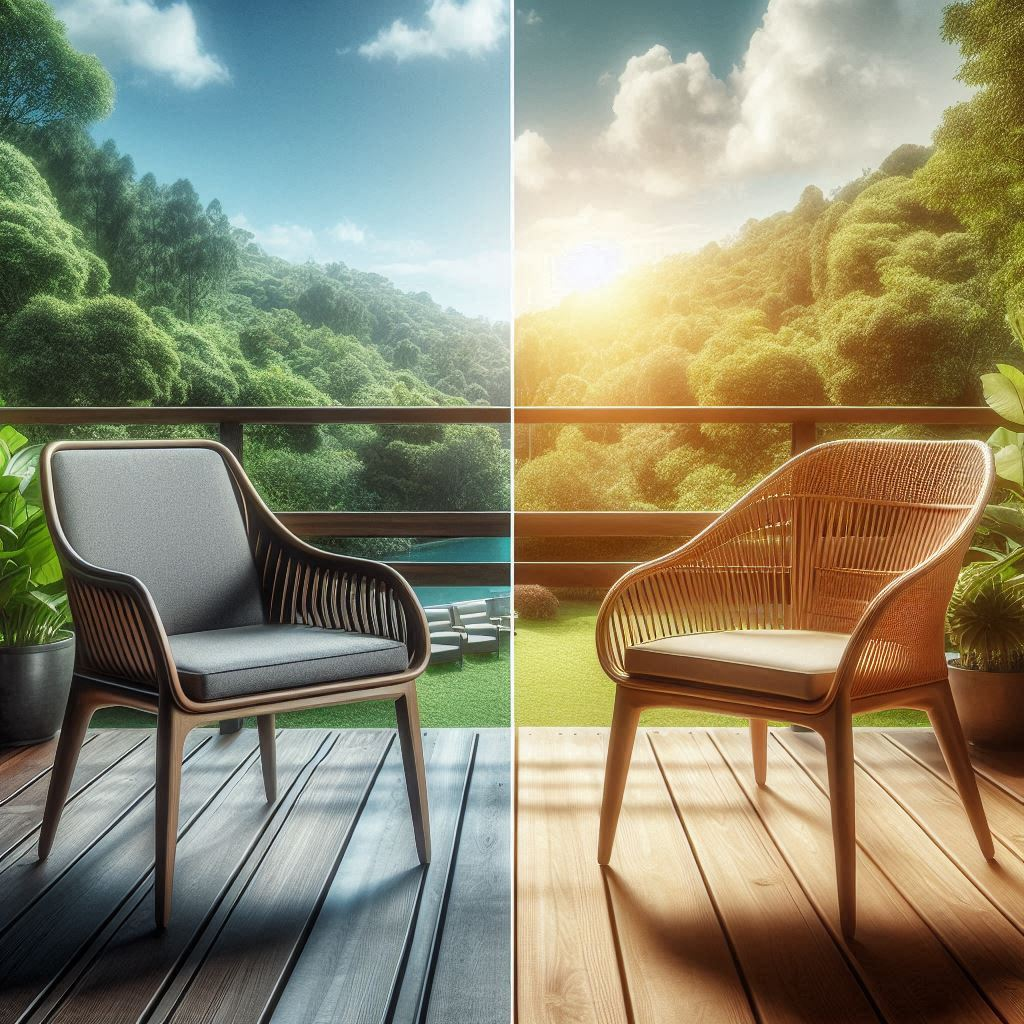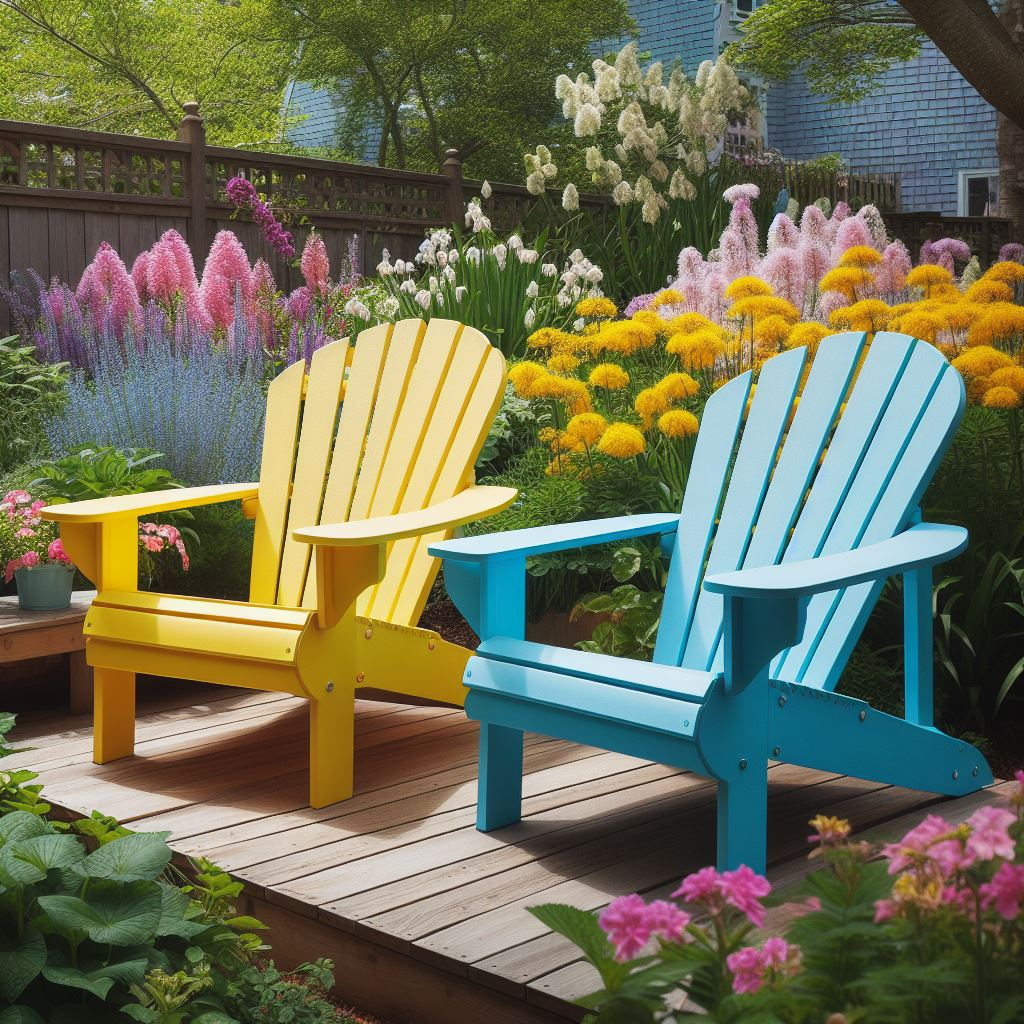As someone who has spent considerable time exploring and understanding outdoor furniture materials, I’ve developed a deep appreciation for the innovation and sustainability that materials like Tangent and Polywood bring to the table. Let me share my experiences and insights with you.
Here’s a detailed comparison table between Tangent and Polywood:
| Features | Tangent | Polywood |
|---|---|---|
| Material | Sustainable Lumber | Recycled milk jugs and containers |
| Resistance | Resistant to salt, oil, prolonged moisture, and cracking | Waterproof |
| Durability | Highly durable | Durable |
| Environmental Impact | LEED certified | Reduces pollution |
| Styles | Various (depending on the manufacturer) | Classic, Transitional, Modern |
| Certifications | LEED certified | Not specified |
| Common Uses | Decks, outdoor furniture | Adirondack chairs, outdoor furniture |
| Maintenance | Low maintenance | Low maintenance |
Tangent is a testament to the power of innovation in sustainable lumber. Its unique composition sets it apart from traditional wood, offering superior resistance to common issues such as salt, oil, and prolonged moisture exposure. I recall working on a deck project using Tangent, and its performance was nothing short of impressive. Even after several seasons of exposure to the elements, the material showed no signs of cracking, a common issue with traditional wood. This durability, coupled with its resistance to environmental factors, makes Tangent an excellent choice for outdoor furniture that is built to last. Furthermore, Tangent Poly, which is used by many suppliers, is LEED certified. This certification is a testament to Tangent’s commitment to environmental sustainability, a factor that is increasingly important in today’s eco-conscious world.
On the other end of the spectrum, we have Polywood, a material that has truly revolutionized the concept of recycling and sustainability in the furniture industry. Polywood is crafted from recycled milk jugs and containers, a process that transforms waste into a valuable resource. This not only conserves trees but also reduces pollution, contributing to a healthier environment. I had the opportunity to create a set of Adirondack chairs using Polywood for my patio, and the experience was enlightening. The waterproof nature of Polywood was a significant advantage, effectively eliminating the risk of bacterial growth and substance absorption, common issues with outdoor furniture. Moreover, Polywood’s versatility shone through in its wide range of styles for Adirondack chairs, spanning classic, transitional, and modern designs. Each style had unique features, including varying seat sizes and backrest designs, allowing me to customize the chairs to my comfort and aesthetic preferences.
In conclusion, both Tangent and Polywood offer unique advantages. Tangent’s robustness and resistance to environmental factors make it a reliable choice for outdoor furniture that is built to last. On the other hand, Polywood, with its eco-friendly production process and diverse style offerings, provides a sustainable and visually appealing alternative. As a consumer, your choice between Tangent and Polywood would hinge on your specific requirements and tastes. Regardless of your choice, both materials promise quality, durability, and sustainability, making them excellent choices for outdoor furniture. Here’s to making informed choices for our outdoor spaces, and may your outdoor furniture bring you joy and comfort for many years to come!










